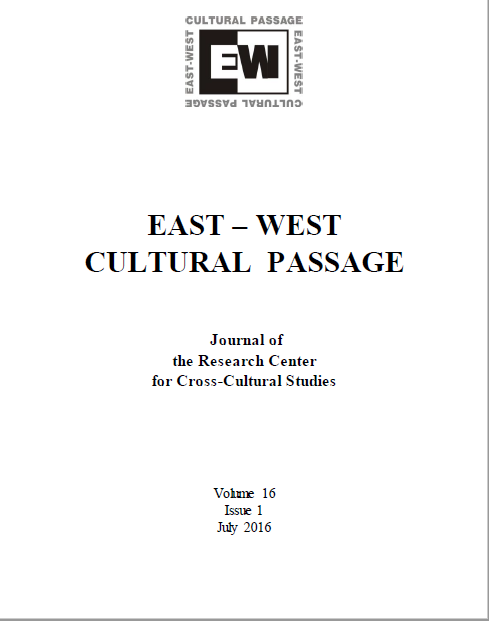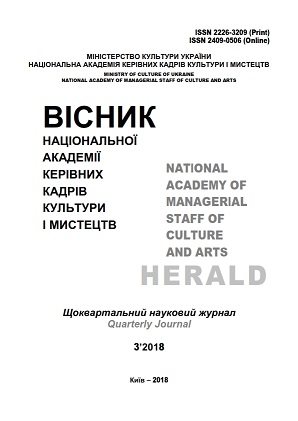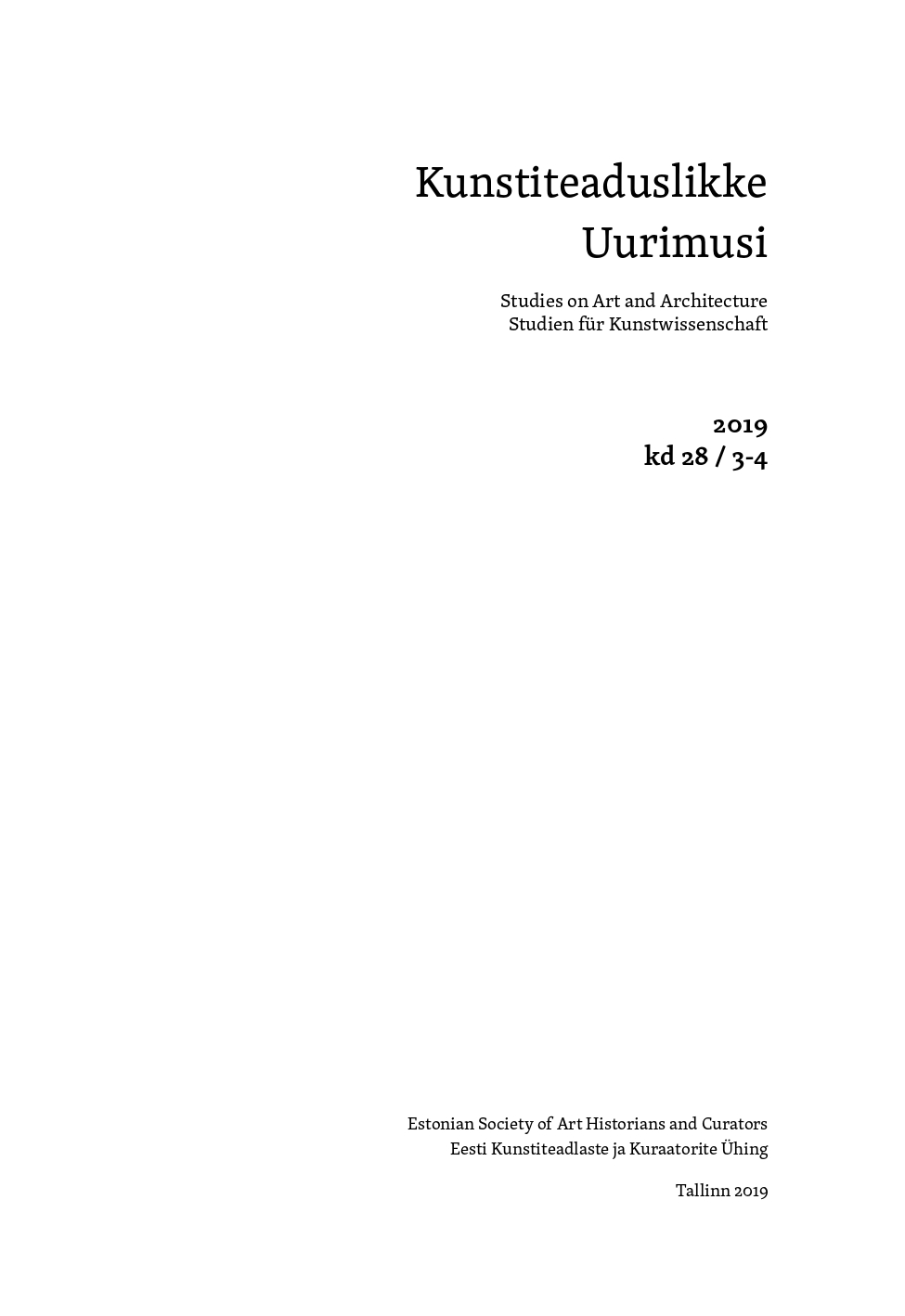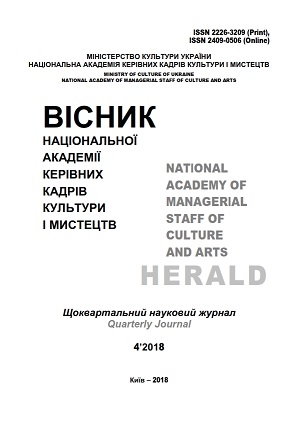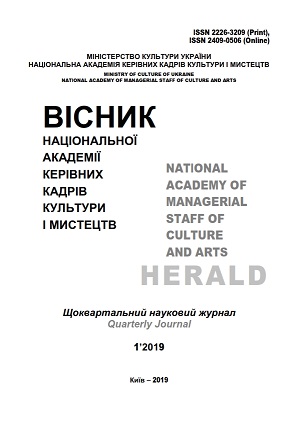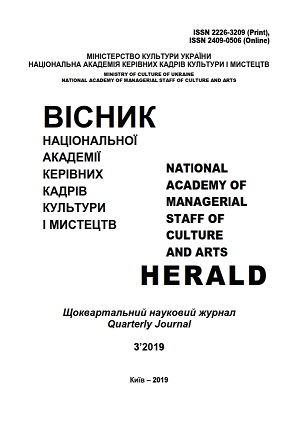Author(s): Marina Maslova / Language(s): Russian
Issue: 17/2016
The article analyzes the poem “Manana’s Conversation with a fever” (translatedby V.K. Zvyagintseva) by an ancient Georgian poetess Manana and “Fever”, a ballad by the Russian poet A. A. Fet. The texts contain a folklore motif of a man’s encounter with a demonic creature having anthropomorphic features. The literary image of the virgin-fever goes back to the sources of the Judeo Christian apocryphal traditions. In the early middle ages it was taken from ritual folk poetry – spells from fever – by fiction literature. The lyrics of Manana and Fet are combined by stray motif, implemented differently by each of the poets. The plot of the works has a dialogical structure: Manana conducts a dialogue with a personified disease, Fet’s lyrical character talks to the nanny, telling her the legend of Fevers.The religious outlook of the poetess is reflected in the contents of Manana’s text which is being analysed. In general, however, it is signifcantly influenced by the cultural orientation of the translator, namely: the presence of defining items typical for Eastern Slavic Spells, such as (“fatal ognevitsa”, “wicked witch”, “bad”, “the world evil fad”).There is an unusual etymology of the fever in Manana’s text compared to Slavic folklore tradition (“the despised daughter of Judas”). Fevers are traditionally referred to as the daughters of Herod. Therefore in Fet’s text they are – “sisters, nine Fevers”.According to the Georgian poetess the encounter with a demon of a disease actualizes the Christian moral discourse. According to the Russian poet, the fever becomes the concept of romanticism with ambivalent meaning. Both works clarify significantly the specific existence of a stray motive of a human interaction with the demon of illness (ague,malaria, fever) in the world literature.The tradition of magic spells of the demon of the disease is reflected both in the national epic, and medieval literature. For example, there exists Anna Ahmatova’s translation of Korean song “Choenga”, the motifs of which are borrowed from ancient tales of Choeng who defeated the demon of fever, and the song itself refers to the period of VII-X centuries. Variations of this motif are known from later literary samples. For example,in German literature it is Dialogues by Ulrich von Gutten, the author of the Renaissance epoch (XVI century), in Georgian literature it is the Poem by Manana (XVIII century),in Russian literature the most striking reflection of this motif is found in the poetry of the romantics such as AP. Grigoriev and A. Fet. Later A. I. Kuprin (Olesya), Al. Green (“Autobiographical novel”) and some other Russian authors were interested in folklore motif of fevers.Only three of the above-mentioned works narrate about a personal meeting with personified disease: Dialogues by Gutten, the Poem by Manana and Fet’s ballad : and of these three only Manana and Fet reproduce the lyrical situation of psychologically-depicted interaction with the demon-fever. In addition to this, in Fet’s work there is the motif of the dream, painting the situation of the meeting in the illusory, romantic tones.Of course, it is difficult to judge the nature of poetics as original and translated texts are being compared. In cases when we still resort to such a comparison the probability of the influence of an interpreter should be taken into consideration. Basically you can only talk about the thematic closeness of works, united by a common motive, implemented differently by each of the poets. Both independent observations of the text of Manana who embodied a well-known motif earlier than a Russian poet did it, and the possibility to add comments to “Fever” by A. Fet are valuable.The information about the Georgian poet Manana is extraordinarily scanty. In this regard, this report contains only preliminary observations and does not claim to contain extensive conclusions.The name of the poet Manana in the history of Georgian literature usually stands in a row with the names of such outstanding authors as David Guramishvily, Alexander Amilakhvary, Dimitry Saakadze, Pyotr Laradze and others. As A. Surguladze puts it, in the XVIII century Georgian culture «has taken a significant step forward». The ideological political movement in Russia and Europe influenced the development of Georgian culture during this period greatly. I. A. Javakhishvily wrote the following on this occasion: “Striking was this age! That tireless, hard work that had one General direction, and was based on wide and deep ground gives us the right to call this period of Georgian literature an encyclopedic age. The thoughts of almost all the leaders of that time were sent to collecting the results of centuries-old creative work of the Georgian people, to study them and transmit the completed comprehensive ideas and knowledge to the following generations”. Defining the nature of literary trend of Manana’s poem, we turned to the works of her older contemporary - poet David Guramishvily, who is close to her in spirit. Guramishvily is called “the greatest representative of Georgian literature of the eighteenth century” (A. Surguladze) and his great interest in folklore is pointed out. Manana and David Guramishvily were, apparently, the representatives of different generations. And it is vivid that creative ideas of an older contemporary could influence her own poetic style.We can emphasize the General trend of the Georgian poetic tradition of the XVIII century– the appeal to imaginative and melodic system of folklore. And the second point relates directly to religious trends. The poem by Manana displays the religious worldview of the author. Her lyrical character is a Christian who trusts in the divine help. A. Fet’s “Fever” is included in the romantic cycle, most of the works of which are created on the basis of the Slavic folklore (“the Serpent”, “Secret”, “Legend” etc.). In the plot there is the motive of the woman-demon’s kiss , who is called «lihomanka» in Russian folk spells. The text is constructed in the form of a lyrical dialogue with the nanny,who is the carrier of folk traditions. In such a way, the motif of the kiss of the demon off ever is presented.Rhythmic pattern of the Dialogic structure of Manana’s poem transmits high intensity of feelings of the main character, the strain of the struggle with the demon of disease. Fet’s character does not feel fear and indignation to his disease, the temptation of a romantic night kiss of lihomanka turned into a sense of illusory reality.In Manana’s poem fever as spiritually determined physical infirmity, carries the idea of retribution or purifying ordeal of personality in the face of death. In the text the character of the lyrical heroine is portrayed. However, it is difficult to believe that such a dialogue with the disease can be drawn, without having experienced the personal pain.And this is the difference between Manana’s poems and the romantic ballad of Fet, where there is, apparently, no pain yet, but only a feverish love yearning.It is likely that the poet is trying to implement artistic functional principle of folklore spells in the structure of a literary text, as if the poem could cure the disease. The fact that the character managed to do it can be seen in the biography of the poetess. According to the testimony of Nestan Sulava, at the end of her life, Manana became a nun, without ceasing to be engaged in literary work (she worked with manuscripts of the poem by Shota Rustavely “the knight in the Panther’s skin”). This is not surprising, if we recall the roleplayed by Rustavely’s works in Georgian national culture. Apparently, in the poet’s mind immortal poem stood next to the Gospel even after her renunciation of the world. “True is N. Berdzenishvily’s remark that the ideological and political civilization of feudal Georgia was based on three pillars – the Gospel, “Тhe knight in the Panther’s skin” and “Kartlis Tskhovreba” – the three “Holy books”...” (Surguladze 1989). Hence the understandable choice of the poetess-nun.What unites the works of Manana and Fet?Although the Russian poet idealized the virgin-fever, confusing the disease with love longing, apparently, not in the least embarrassed by the religious origin of this artistic image for him, just like for a Georgian poetess, yet more important was the opportunity of self-realization in the act of creativity. In General, the apocryphal motive of the meeting with the demon disease brings authors to different levels of world perception. Manana prefers moral conflict of the confrontation between good and evil, pride and humility, which she solves in the plane of spiritual understanding of the nature of fever as a disease of the soul. That’s why she had to clarify everything, pronounce clearly, as though in confession. Fet remains within the boundaries of the romantic worldview, because the fever for him is only a pretext for obscure hints and vague presentiments, allowing the soul to remain in the dream state. On the contrary, the soul of Manana’s lyrical heroine finds the experience of spiritual awakening in this meeting.
More...
